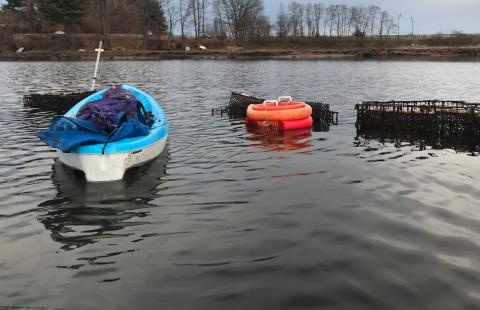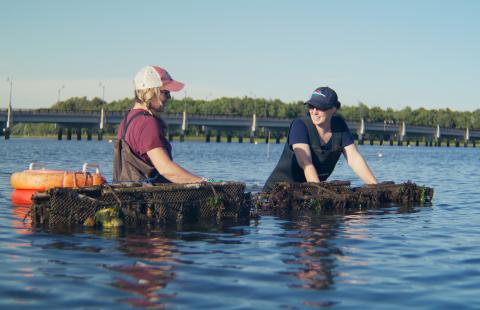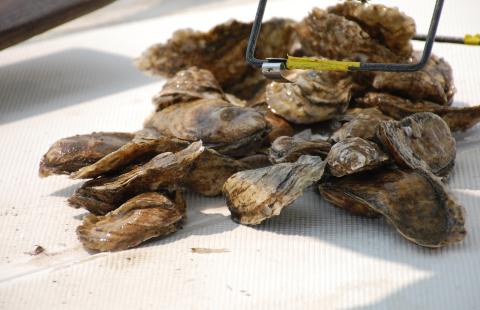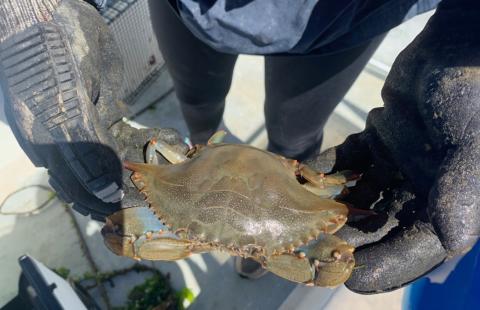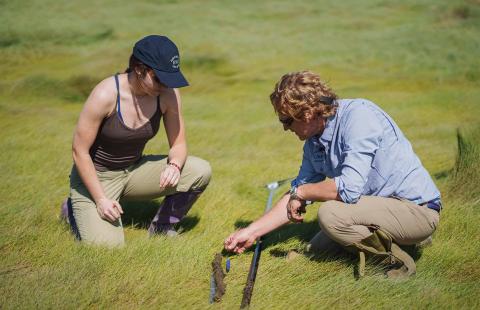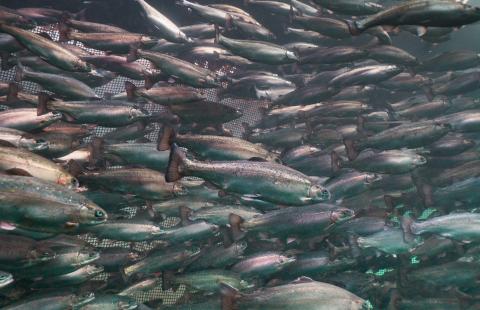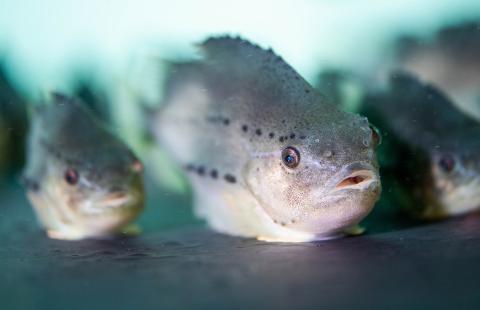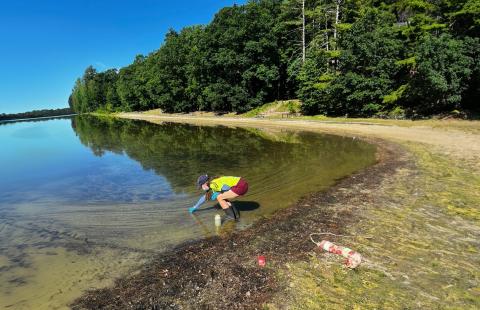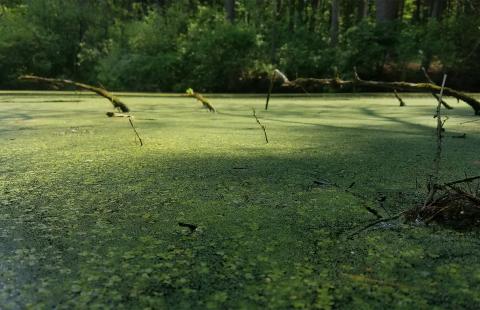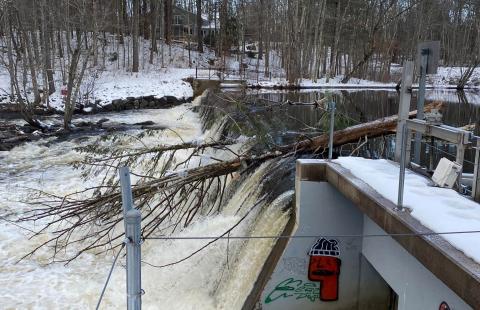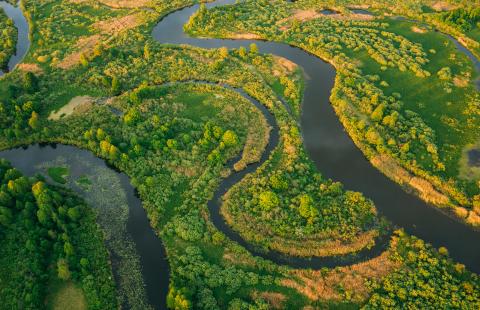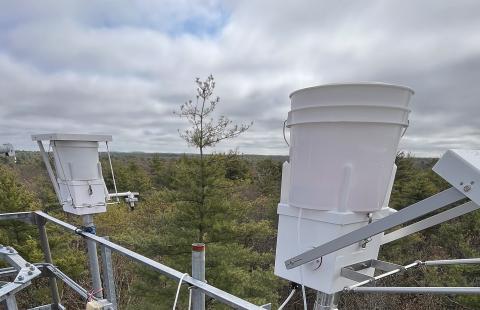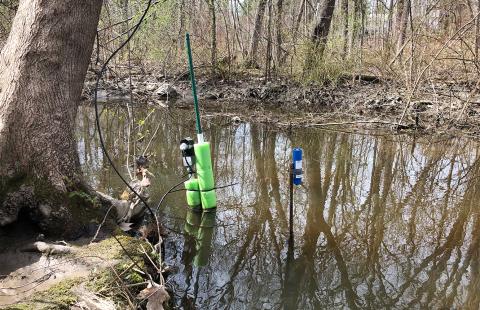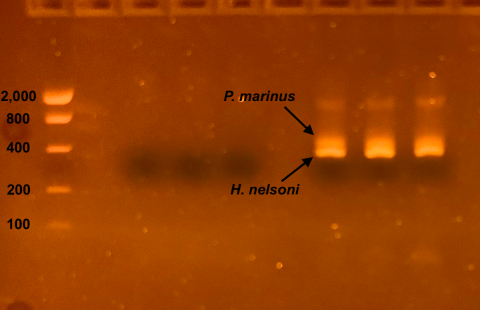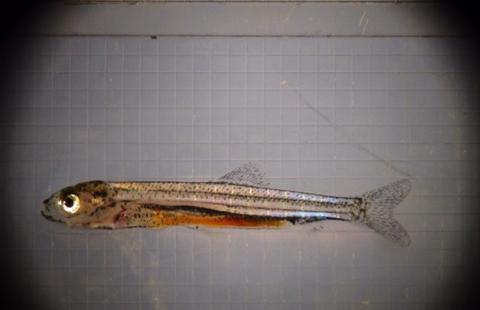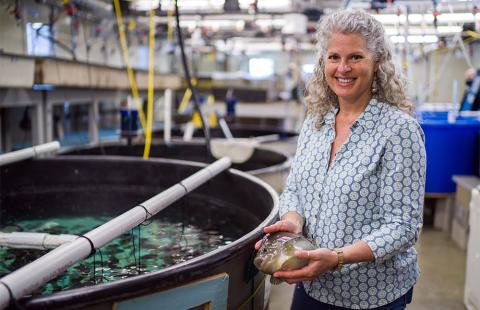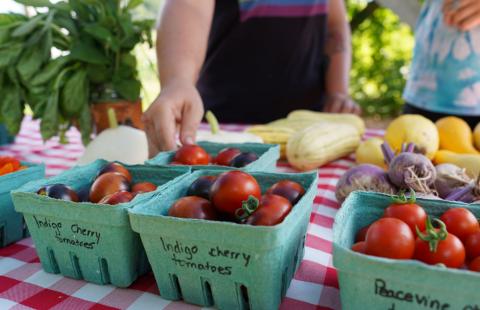NHAES scientists are regularly developing and publishing their research in leading scientific journals. The NHAES Research Briefs provide summaries of key findings and how the studies were conducted in a short, accessible format.
Interested in featuring your NHAES research?
Fill out our Research Spotlight intake form or contact Nick Gosling with questions.
Oyster farm gear in Great Bay Estuary boosts seaweed biodiversity and biomass, surpassing natural habitats like mudflats, but non-native seaweeds domi...
Learn More
Vibrio parahaemolyticus in Great Bay Estuary oysters has declined since 2017. Localized monitoring reveals no invasive Pacific strains, emphasizing st...
Learn More
Research highlights gender inequities in New England's aquaculture sector. Women oyster farmers face barriers but lead in production and marketin...
Learn More
High levels of MSX and Dermo pathogens in Great Bay Estuary waters threaten oyster restoration efforts. Resistant strains and continuous monitoring ar...
Learn More
First mated blue crabs documented in Great Bay Estuary, NH, highlight habitat expansion. Continued monitoring is vital to manage potential ecological ...
Learn More
Microplastics are present in over 98% of New England estuary samples, with Hampton-Seabrook Estuary showing the highest concentrations. Seasonal peaks...
Learn More
Lumpfish reduced sea lice infestations by 37% in steelhead trout farms. Kelp hides enhanced effectiveness, supporting sustainable aquaculture and pest...
Learn More
Climate change is shifting lumpfish distribution northeast in the Gulf of Maine, impacting aquaculture and fisheries. Study reveals warming's rol...
Learn More
Unmanned aerial systems with multispectral sensors provide a rapid, safe, and effective way to monitor harmful cyanobacteria blooms in New Hampshire l...
Learn More
Explore how zinc pollution disrupts duckweed-microbiome interactions in urban waterways, revealing indirect impacts on aquatic plant traits and ecosys...
Learn More
Learn how watersheds mitigate extreme weather impacts on nutrient transport, influencing water quality and ecosystem health in New England’s aquatic s...
Learn More
Investigate how climate, soil, and watershed traits drive carbon and nitrogen availability in streams, highlighting scale-dependent dynamics for ecosy...
Learn More
Explore how climate change impacts nitrogen dynamics in precipitation, shifting seasonal patterns and affecting ecosystems in NH’s Lamprey River water...
Learn More
Discover how adapted CO2 sensors enable accurate monitoring of emissions in streams, aiding climate action plans and improving global carbon cycle mod...
Learn More
Dr. Bonnie Brown and her colleagues study the many factors impacting the health and growth of eastern oysters (Crassostrea virginica) in New Hampshire...
Learn More
Dr. Ray Grizzle and his colleagues at the University of New Hampshire study the many ecological services offered by eastern oysters and how they can s...
Learn More
Optimizing culture conditions and strains is necessary to assure adequate growth and survival of fishes cultured for food and for stock restoration. T...
Learn More
UNH has been working with the New England aquaculture industry (salmon farmers in Maine and steelhead trout farmers in NH) to promote the use of Lumpf...
Learn More
COLSA research: Enhancing New England's local food production: A study on farmers' livelihood strategies and the challenges of achieving far...
Learn More
COLSA research: Unlocking the potential of alternative food networks in New England: Strategies for engaging diverse consumers and promoting sustainab...
Learn More
